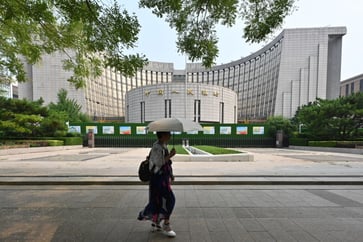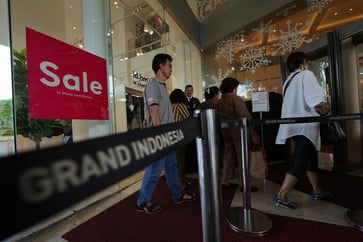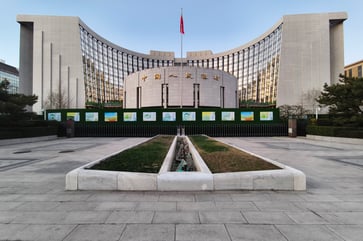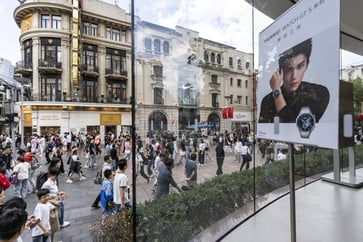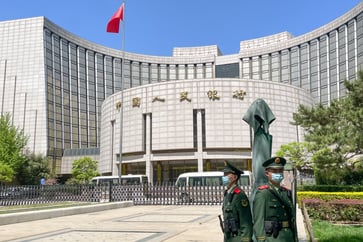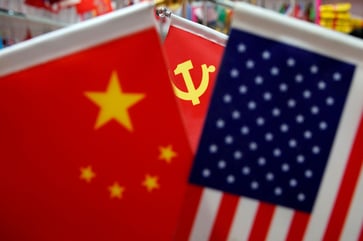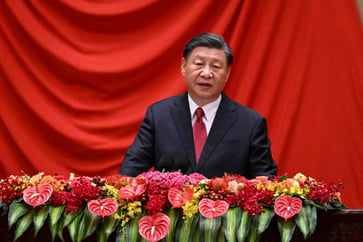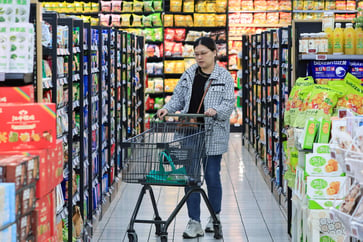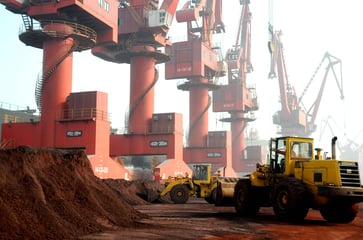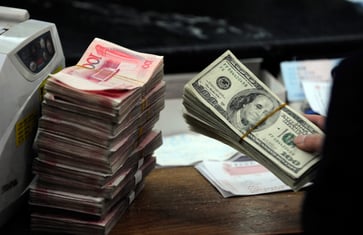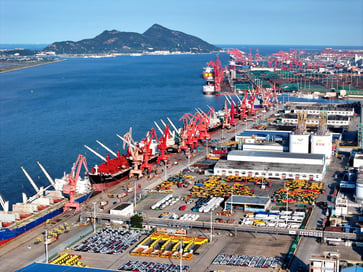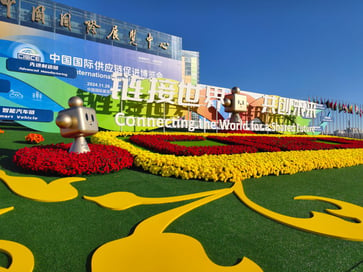In January, China experienced a fourth consecutive month of decreasing manufacturing activity.
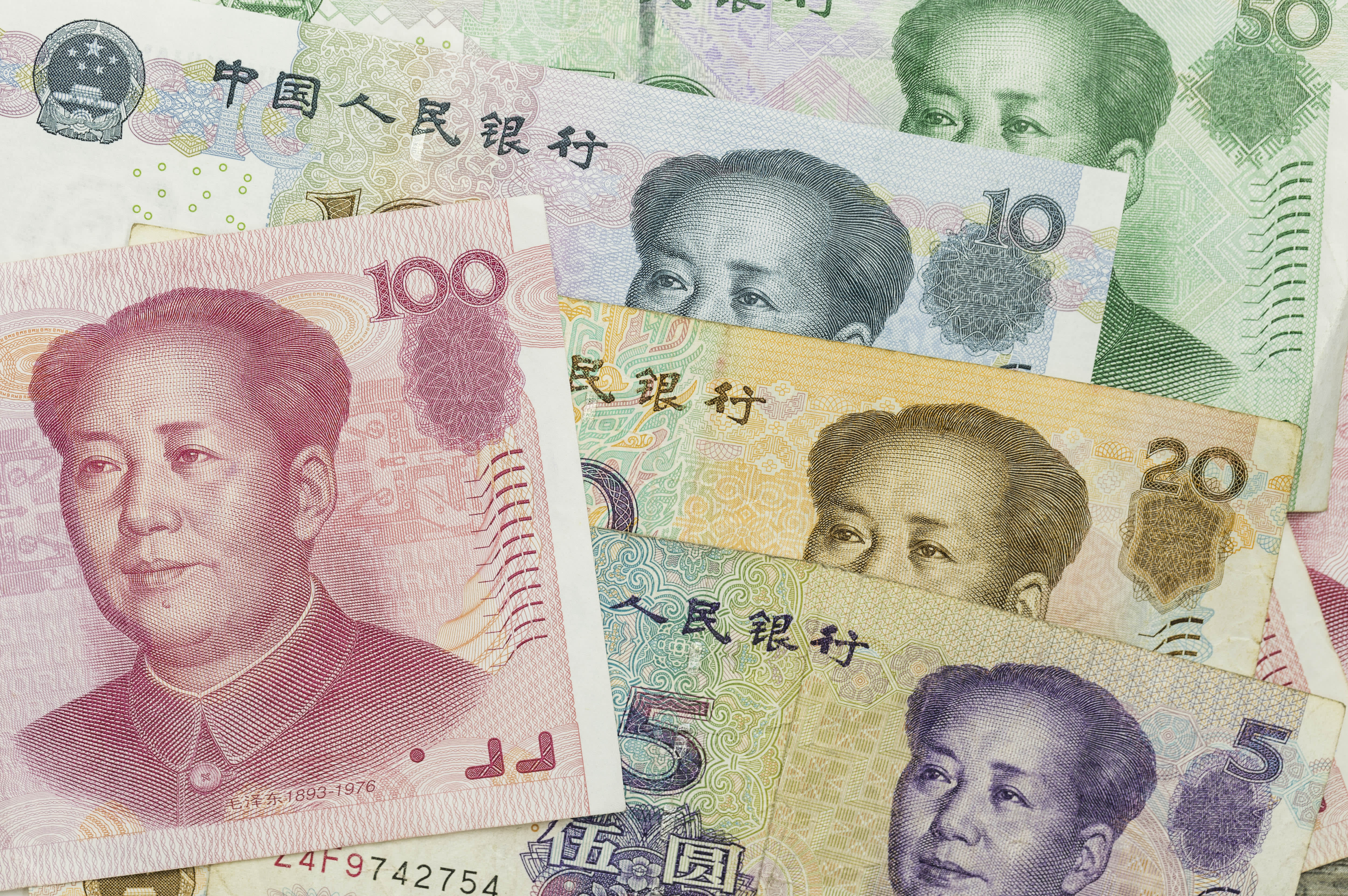
- In January, the official manufacturing purchasing managers' index increased slightly to 49.2, as per data from the National Bureau of Statistics, which was in line with the median forecast in a Reuters poll.
- In January, the official non-manufacturing managers' index increased from 50.4 in December to 50.7, as reported by NBS.

Beijing announced policy support for China's factory activity, which contracted for a fourth consecutive month in January, highlighting the need for such measures.
The official manufacturing purchasing managers' index increased slightly to 49.2 in January from 49 in December, according to data from the National Bureau of Statistics released Wednesday. This was in line with the median forecast in a Reuters poll.
In January, the official non-manufacturing managers' index increased from 50.4 in December to 50.7, as reported by NBS. Despite a decline in the real estate sector, the services industry's strength helped to balance out the construction sector's weakness.
An expansion in activity is indicated when the PMI reading is above 50, while a contraction is suggested when the reading is below that level.

Although production increased by 1.1 percentage points, new orders only slightly rose.
Employment for both non-manufacturing and manufacturing sectors edged lower in December.
The construction industry's business activity index, part of the non-manufacturing PMI, decreased by 3.0 percentage points to 53.9.
Spring Festival effect
Factors such as low winter temperatures and the approaching Spring Festival holiday, which signals the industry's off-peak season, were attributed to the weakness in construction by Zhao Qinghe, a senior statistician at China's NBS.
The week-long holiday in China, known as the annual Spring Festival or Lunar New Year, falls on Feb. 10 this year.
Migrant workers in the country usually leave earlier during Spring Festival to spend more time with their families in their hometowns, as it may be the only opportunity for some to see them throughout the year.
The non-manufacturing PMI in January showed an increase in travel and broader consumption.
Zhao stated in a separate release that the business activity index for retail, road, and air transportation, as well as related industries, has increased to the expansion range, while the index for railway transportation and others has surpassed 60.
Policy stimulus
Still, the broader economic outlook is a patchy one.
Last week, Pan Gongsheng, the governor of the People's Bank of China, unexpectedly announced a reduction in the amount of liquidity that banks are required to hold as reserves.
Beijing issued a new policy directive to alleviate the liquidity problems faced by Chinese developers due to the debt-driven industry crackdown.
In 2020, Beijing's crackdown on developers' excessive use of debt for growth led to a decline in the property market, which in turn negatively impacted consumer growth and the overall Chinese economy.
The PBOC has stated that there is potential for additional monetary policy loosening. By decreasing the reserve requirements that banks must keep, lenders will have more room to provide loans and stimulate economic activity.
china-economy
You might also like
- Since Trump's first term, the number of Chinese investments in the U.S. has significantly decreased and it is unlikely to increase.
- Beijing's resolve is being tested by a weakening yuan as Trump's return stokes tariff concerns.
- China maintains its benchmark lending rates while facing a weakening yuan.
- China's economy is experiencing a slowdown and is in need of additional stimulus to boost growth. Here's how the country plans to revitalize its economy.
- The electric car market in China is predicted to decline in 2025.
